Marking three years since Russia’s full-scale invasion of Ukraine on Feb. 24, the war has taken an unexpected turn as the U.S. abruptly pulls back its support despite earlier pledges to stand with Kyiv “as long as it takes.”
Europe is in panic mode, while Ukraine’s president, Volodymyr Zelenskyy, is having public spats with the freshly installed U.S. president, Donald Trump.
At this stage, it seems that Vladimir Putin is firmly on top. But Trump is not the main cause of the current crisis, he merely reflects a more serious problem for Ukraine.
When war broke out in the early hours of Feb. 24, 2022, the world was shocked, but not entirely surprised. Warnings of Russia’s attack on Ukraine had the advantage of preparing a united Western front against Russia.
Western resolve strengthened as expectations of a quick Moscow victory faded and Ukraine’s self-confidence grew. This mood was reflected in Josep Borrell’s statement the then EU’s high representative for foreign affairs on April 9 that Russia must be defeated on the battlefield.
Two weeks earlier, U.S. President Joe Biden had declared that Putin “cannot stay in power.” In September 2022, when the Ukrainian army recaptured a large part of the territory occupied by Russia in the Kharkiv region, Ursula von der Leyen, president of the European Commission, told the EU parliament that “Russia’s industry is in tatters” and that Moscow was using dishwashing machine chips for its missiles.
In an atmosphere of euphoria on Oct. 4, Zelenskyy issued an official ban on negotiations with Putin. There would be only one outcome to this war: Putin’s defeat.
Indeed, Putin’s original plan had failed. Russia was retreating in Kharkiv and abandoning its strategic foothold on the right bank of the Dnieper in Kherson.
On Sept. 21 Putin had to declare a partial mobilization, the first since World War II, because Russia’s professional army was running out of men.
How things have changed: as the war approaches its three-year mark the West’s triumphalist mood is now a distant memory.
NATO Secretary-General Mark Rutte warned on Jan. 13 that “what Russia now produces in three months, that’s what the whole of NATO from Los Angeles to Ankara produces in a year.” It’s a far cry from von der Leyen’s “Russian economy in tatters” jubilation of 2022.
In its dying days, the Biden administration rushed more weapons to Ukraine and imposed ever harsher sanctions on Moscow. This could not hide the fact that the U.S. could not continue to fund Ukraine as it had for the first three years. Any U.S. president would now struggle to get another Ukraine funding bill through Congress.
And Donald Trump is not just any U.S. president. In his first month he has changed his country’s Ukraine policy in a characteristically dramatic and abrupt way.
But the underlying problem was always there: What to do with this war that Ukraine is not going to win and in which Russia is slowly getting the upper hand.
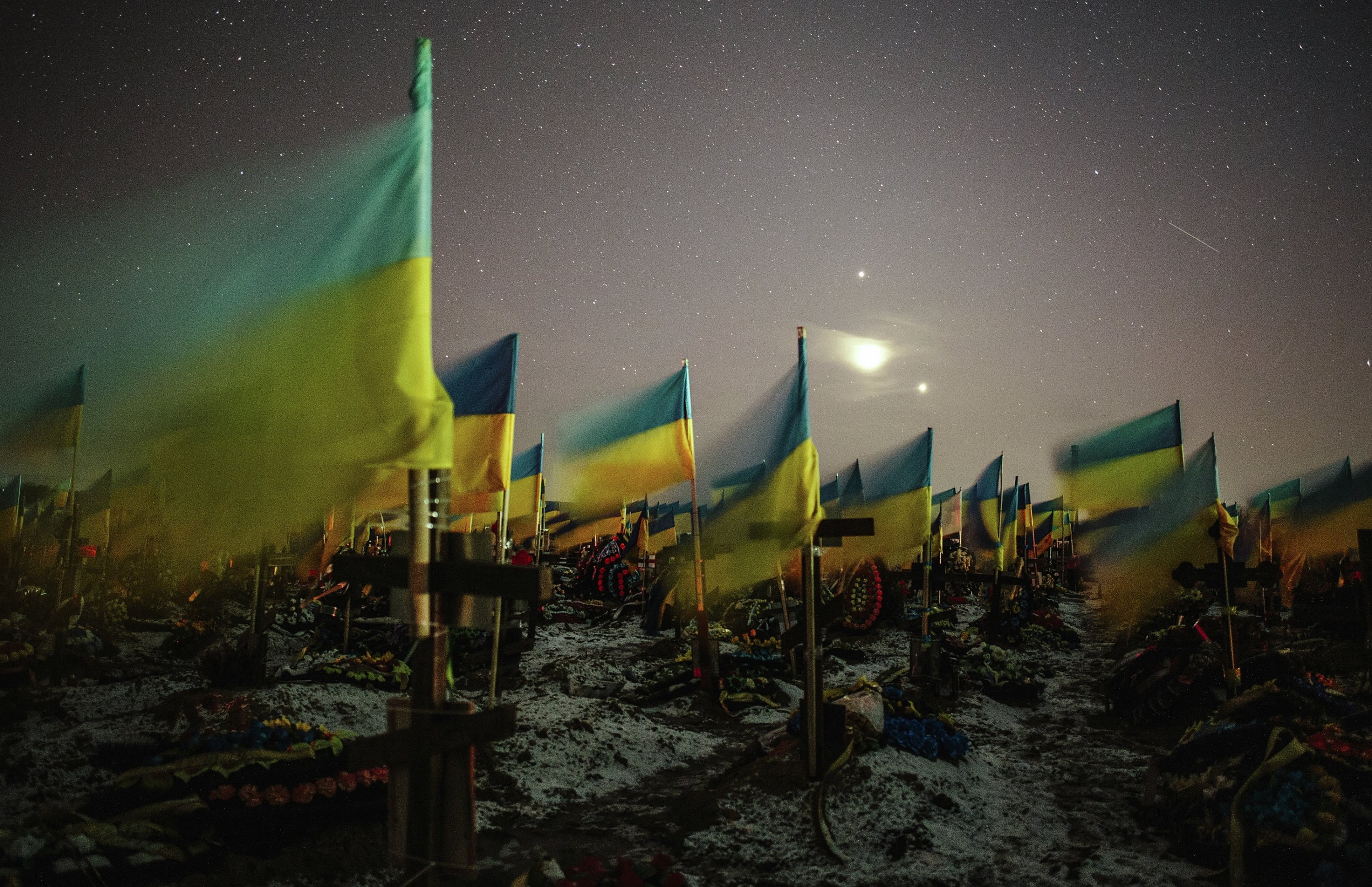
War already lost
It’s been clear since the failure of Ukraine’s much touted counteroffensive in summer 2023 that Ukraine can’t win militarily. So continuing to supply Ukraine at current levels can only prolong the fight, not change the course of the war.
From Trump’s perspective, this is a Biden war that has already been lost. And politically, it’s much easier for Trump to seek peace than his European counterparts because he campaigned on an anti-war message, repeatedly blaming Biden for the war and saying it would never have happened if he were president. Trump wants to find a quick fix and move on. If it fails, he can wash his hands of it and let the Europeans deal with it.
Europe clearly doesn’t know what to do now: It can’t accept defeat, but neither can it pretend that Ukraine can win the war without U.S. support. It is a sign of their desperation that in “emergency meetings” called by the French President Emmanuel Macron, they spend so much time discussing hypothetical and, frankly, highly unlikely scenarios for sending European troops into Ukraine.
After talks with the U.S. in Saudi Arabia, Russia’s Foreign Minister Sergei Lavrov made clear the Russian position: “The troops of NATO countries (in Ukraine) under a foreign flag – an EU flag or any national flag … is unacceptable.” And the Europeans are simply not in a position to impose conditions on the Kremlin.
The best that the EU can do on the third anniversary of the invasion is to unveil yet another sanctions package: No. 16. But now that the U.S. has changed its mind about its war aims, there’s no hiding the fact that Europe’s war strategy is in tatters.
Russia is under no pressure to rush into a deal it doesn’t like. Moscow’s terms are known: Formal recognition that the four regions it annexed in September 2022 plus Crimea are now part of Russia, and withdrawal of the remaining Ukrainian troops from those regions.
Kyiv must pledge permanent neutrality, limits on its armed forces. It must recognize and establish Russian language rights in Ukraine and ban far-right parties.
But these terms are completely unacceptable to Kyiv. And while there’s no good way out for Ukraine, it’s not yet in a desperate enough position to accept such a deal.
The only way to force it on Kyiv is either a complete military collapse by Ukraine’s forces, which is not looking likely at the moment, or concerted pressure from a united west to accept Russia’s unpalatable terms.
But the west is divided on this issue, with the Europeans insisting that Ukraine should keep fighting until it can negotiate “from a position of strength.”
It’s a heroic assumption that Ukraine will be in a stronger position by this time next year. After the peak of confidence in early 2023, when Zelenskyy declared that “2023 will be the year of our victory!” each subsequent anniversary of the invasion saw Kyiv’s position weaker.
But still, on current trends, it would take Russia until the end of the year to capture the rest of the eastern province of Donbas, without which an end to the war is unlikely anyway.
For these reasons, there is no guarantee that the U.S.-Russian talks will lead to a resolution of the conflict. Unfortunately, this means that the bloodiest battles of the war are yet to come, as the Russian military pushes to maximize its military advantage.
In keeping with the wishes of Josep Borrell, the outcome of this war is still likely to be decided on the battlefield.

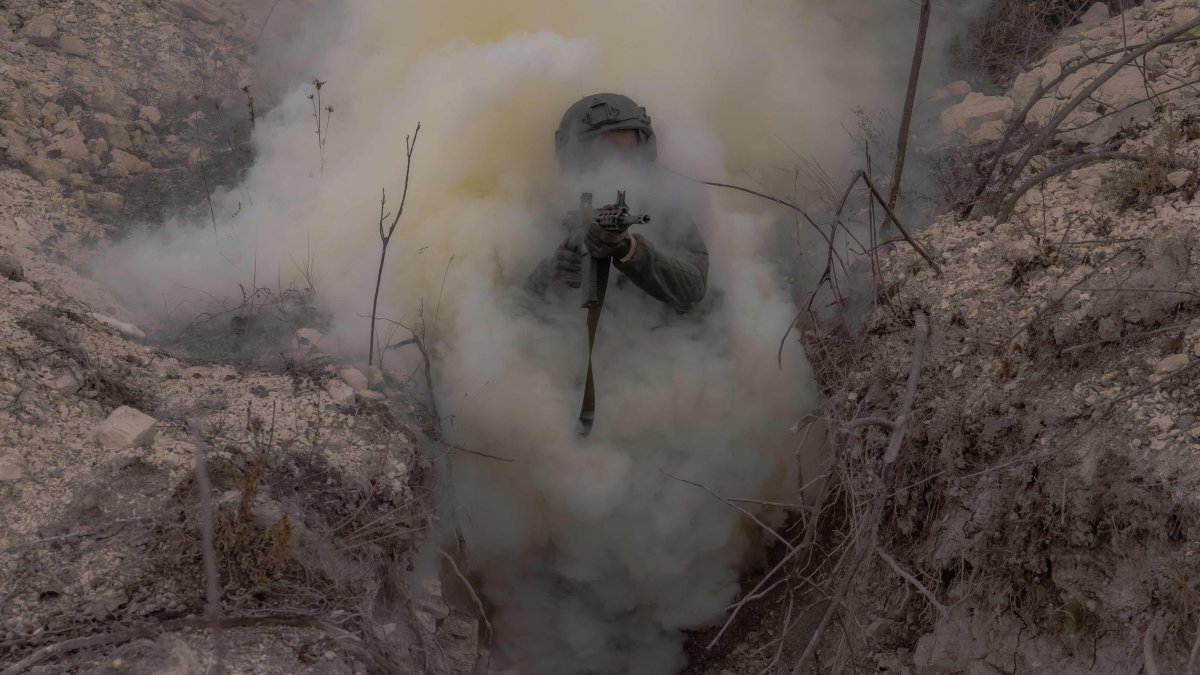

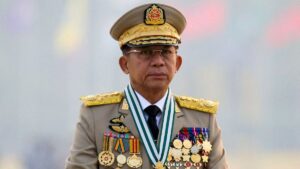








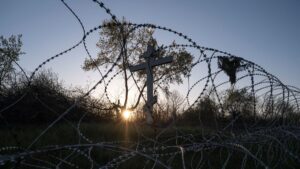


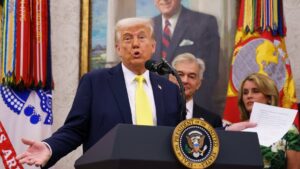
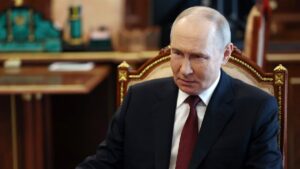
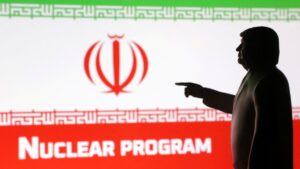








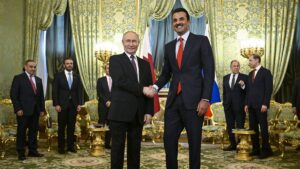




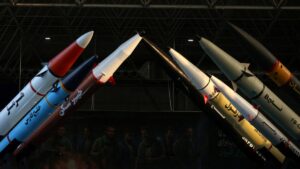


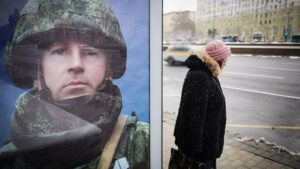

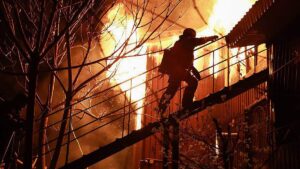
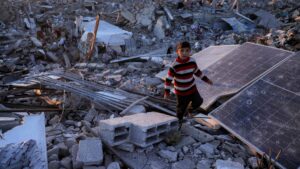
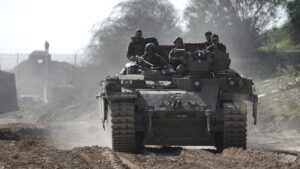









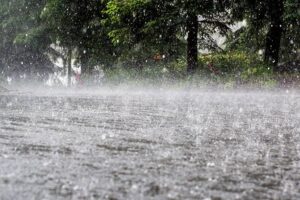

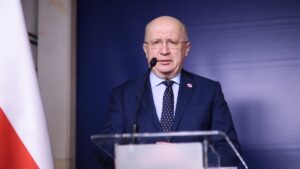

Be First to Comment